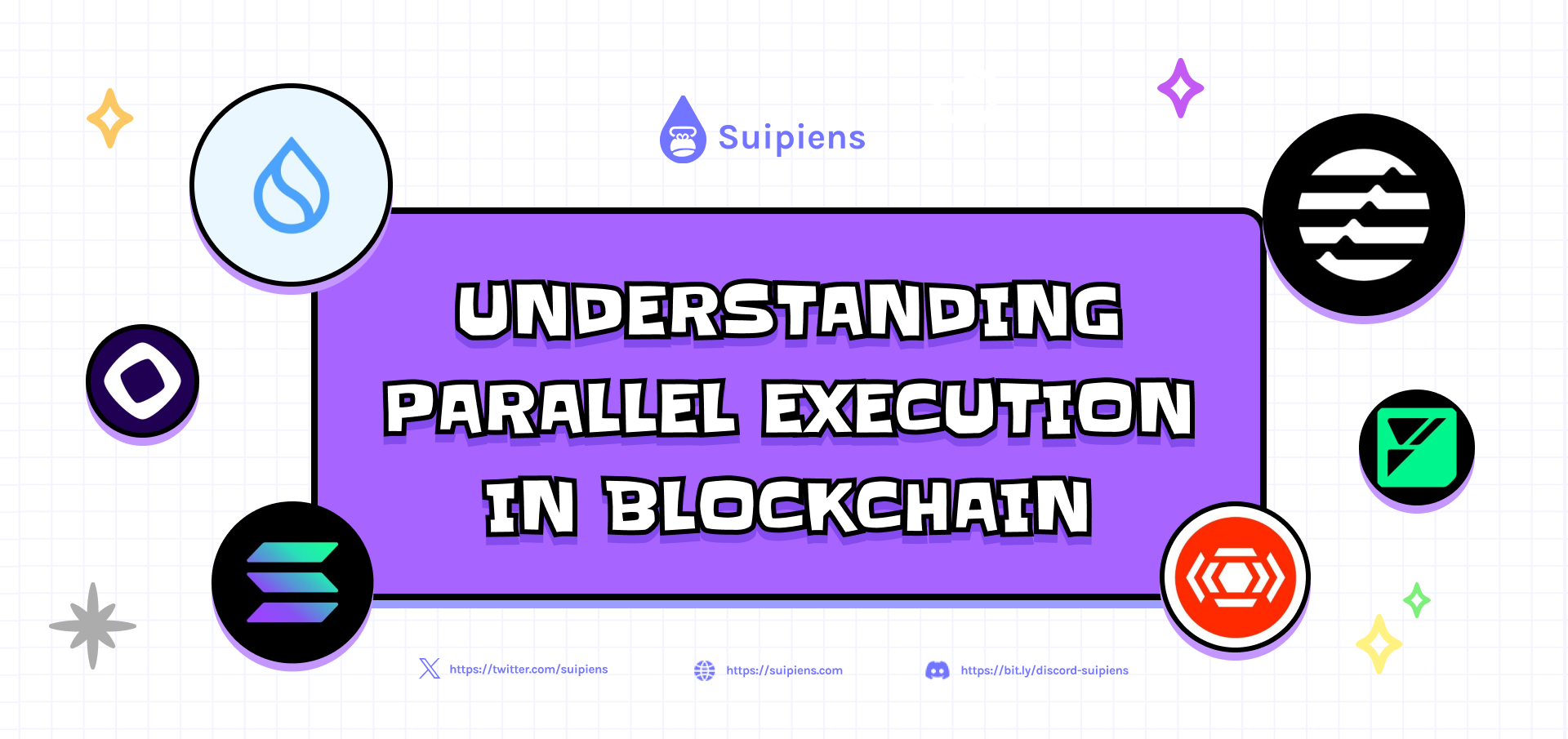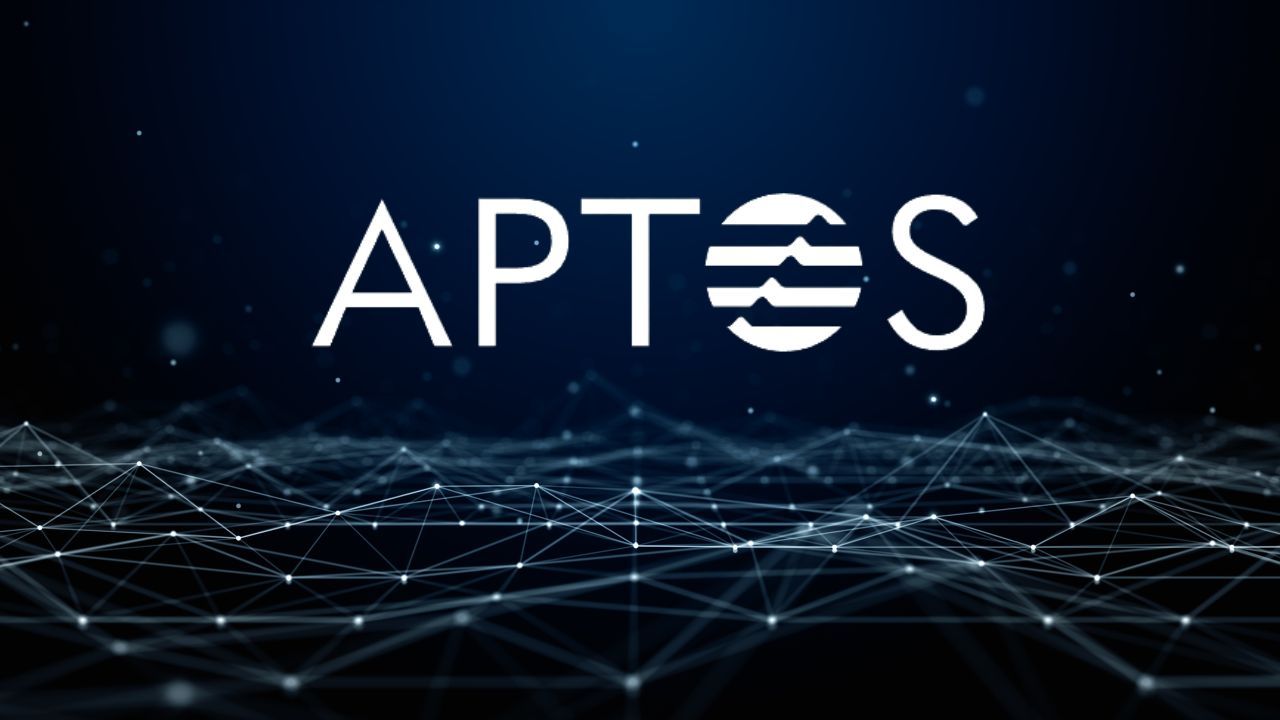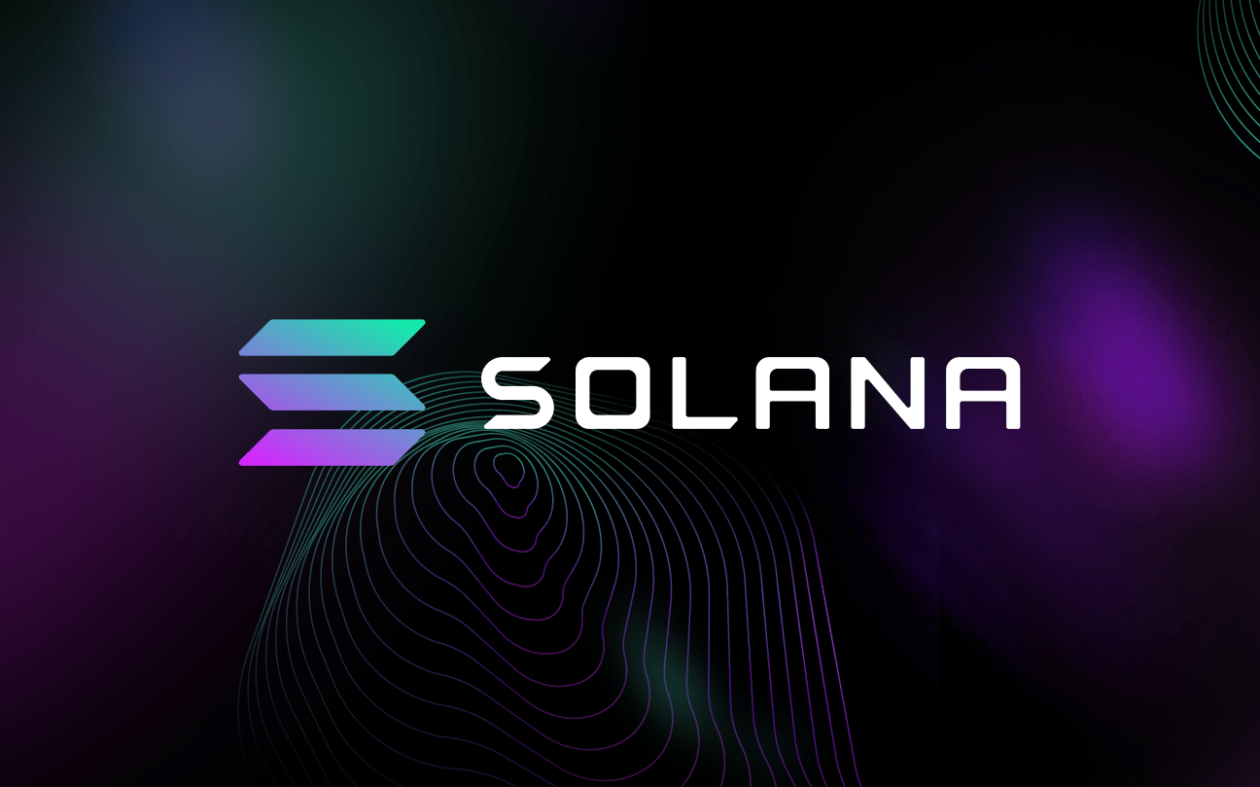Understanding Parallel Execution in Blockchain

Discover all the information about Parallel Execution in Blockchain in this article!
When we explore how blockchain technology is advancing, we notice a clear pattern of new L1s prioritizing parallel execution. Some notable projects following this trend include Aptos, Sui, Linera, and Fuel. Now, let's take a closer look at what parallel execution really means in the world of blockchain in this article.
What is Parallel Execution?
In the world of blockchain, Parallel Execution is a sophisticated solution that allows the independent classification and simultaneous execution of transactions. Unlike the traditional Sequential Execution method, where transactions are processed one after the other, Parallel Execution enables multiple transactions to be processed concurrently, significantly improving the network's performance and scalability.
The key distinction lies in the fundamental approach. With Sequential Execution, each transaction must be validated by the entire network, leading to considerable energy consumption and increased effort for miners or validators. In contrast, Parallel Execution optimizes the network's capabilities, enhancing transaction speeds and reducing associated costs, all while ensuring compatibility with the Ethereum Virtual Machine (EVM) environment.
Mechanics of Parallel Execution
Implementing Parallel Execution involves identifying and isolating independent transactions to execute them simultaneously. While the concept seems straightforward, the real challenge lies in effectively discerning these independent transactions. This demands a thorough comprehension of how each transaction impacts the blockchain's recorded memory or state.
For instance, transactions that interact with the same smart contract, altering the contract state, cannot be processed in parallel. Identifying these dependencies poses a formidable task given the current interconnectivity of applications. Each blockchain employs distinct parallel execution engines and transaction state access control methods, akin to managing the memory architecture in a computing system. Recognizing and managing dependent transactions necessitates meticulous memory-handling protocols tailored to each blockchain's unique structure.
Advantages and Disadvantages of Parallel Execution
Parallel Execution brings about a host of benefits to underlying blockchains, including:
- Scalability: By enabling simultaneous processing of multiple transactions, Parallel Execution exponentially amplifies the network's scalability, paving the way for enhanced efficiency.
- Transparency: Despite the enhanced processing speed, Parallel Execution preserves the fundamental transparency characteristic of blockchain technology, ensuring that transactions remain open and accessible to all.
However, the implementation of Parallel Execution does introduce certain challenges, such as:
- Complexity: The simultaneous execution of numerous transactions demands nodes to swiftly update information. This rapid pace of processing, while advantageous in terms of speed, can impose a considerable burden on the nodes, requiring them to update exponentially faster.
- Decentralization: Achieving the benefits of Parallel Execution necessitates a larger network of nodes, potentially compromising the decentralized nature of the blockchain system. This trade-off between speed and decentralization remains a critical consideration for blockchain developers and users alike.
Notable Blockchains Leveraging Parallel Execution
Several prominent blockchains have successfully integrated Parallel Execution into their systems, revolutionizing transaction processing and scalability. Let's explore some of these notable examples:
Sui

Sui has adopted a parallel transaction execution system, propelling its transaction processing speed to unprecedented levels. By routing the network through multiple states simultaneously and ensuring a uniform post-execution state, Sui has cemented its position as a frontrunner in the realm of efficient blockchain operations.
Sui official links: Website | Twitter | Discord
Aptos

In contrast to traditional sequential transaction execution, Aptos employs parallel execution to enable the simultaneous processing of multiple transactions. This strategic approach, coupled with the snapshot-based processing method, has significantly enhanced Aptos's transaction throughput, addressing the scalability limitations inherent in sequential execution.
Aptos official links: Website | Twitter | Discord
Solana

Renowned as the pioneering Layer 1 blockchain utilizing Parallel Execution, Solana employs the Sealevel technology to execute transactions across multiple nodes concurrently. This breakthrough has notably reduced transaction confirmation times, positioning Solana as a frontrunner in the quest for enhanced transaction speeds within the blockchain ecosystem.
Solana official links: Website | Twitter | Discord
Monad

Monad has incorporated a parallel execution mechanism while ensuring high compatibility with the EVM. By categorizing transactions into related and unrelated groups and executing them in parallel, Monad has achieved remarkable efficiency in transaction processing, boasting an impressive transaction per second (TPS) rate of 10,000 while maintaining user convenience.
Monad official links: Website | Twitter | Discord
Linera

Built on the FastPay protocol developed at Facebook, Linera leverages the Byzantine Consistent Broadcast technology, focusing on accelerating independent payments, particularly in point-of-sale networks. This technology serves as an evolution of real-time gross settlement systems, ensuring the integrity of payments while delivering a seamless and efficient transaction processing experience.
Linera official links: Website | Twitter | Discord
Fuel

Fuel distinguishes itself through its robust processing capacity, enabled by the execution of transactions in parallel using strict state access lists within a UTXO model. Leveraging the untapped computational potential of multiple CPU threads and cores, Fuel has successfully achieved remarkable compute, state accesses, and transactional throughput, surpassing the capabilities of single-threaded blockchain systems.
Fuel official links: Website | Twitter | Discord
Wrapping up
As blockchain technology continues to evolve, the integration of Parallel Execution is poised to play a pivotal role in shaping the industry's trajectory. While addressing the challenges of scalability and transaction speed, developers and stakeholders must carefully navigate the trade-offs associated with decentralization. As demonstrated by various leading blockchain platforms, the adoption of Parallel Execution is a testament to the industry's commitment to realizing the full potential of decentralized, secure, and high-performing digital transactions.
Be sure to check out Suipiens' website and social media channels to stay up-to-date on all things about Sui Blockchain!

